The Article
Coupler Discs From HRS For Hi-Fi Cables
29th May 2019
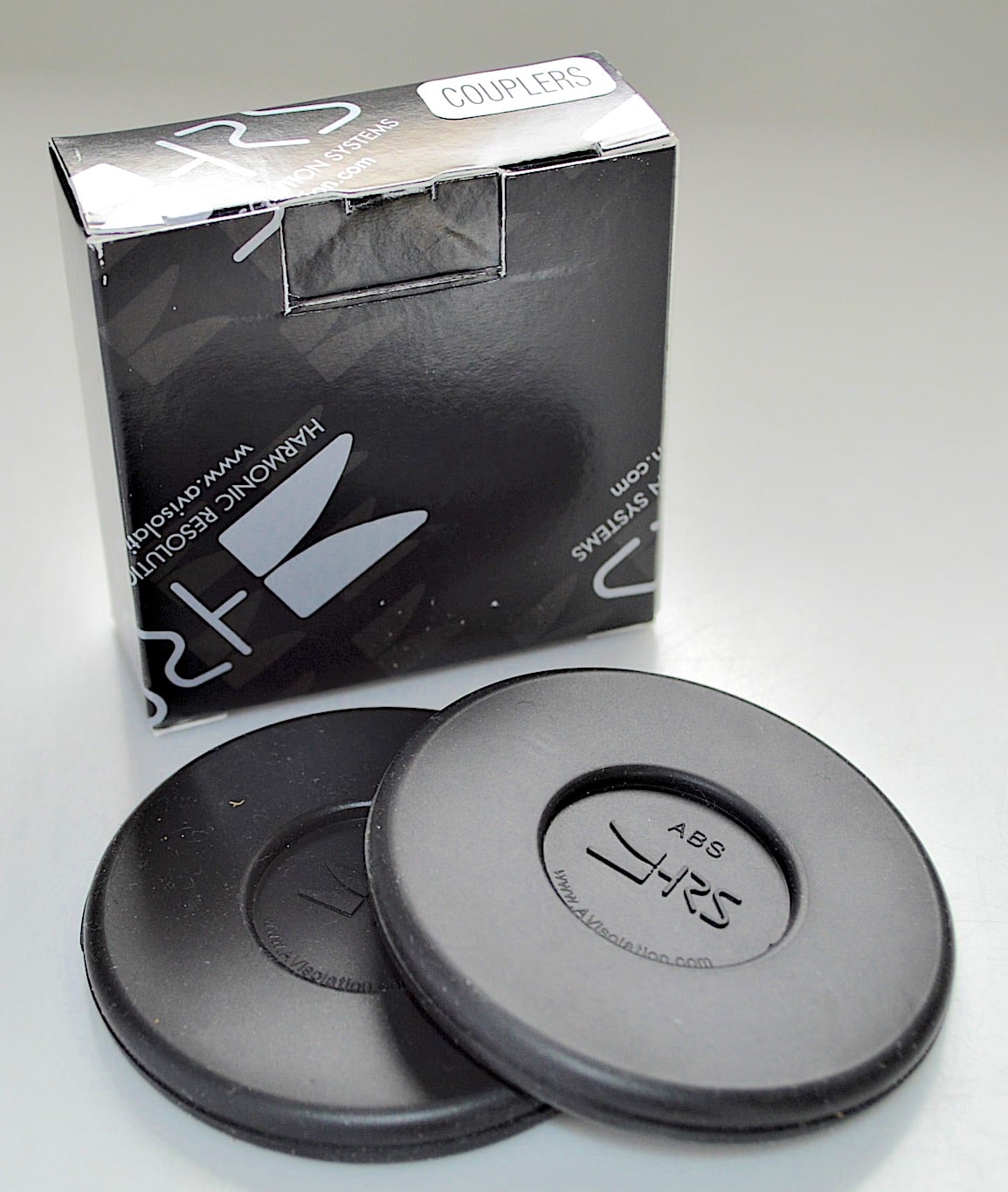
Similar to cable lifts but also very different. HRS Coupler discs are not so much about lifting the cable but absorbing the noise from the cables themselves. Paul Rigby is also absorbed
A while back now, I travelled down to Cambridge, in the UK, to meet the team from HRS who were on a business trip from their HQ in the USA. I chatted to Chief Engineer, Michael Latvis whose 35 year career included some heavyweight projects in and around major aerospace and defence customers. These included reducing vibrations within helicopter rotor blades and how to prevent your computer systems failing if your missile destroyer happens to be hit by a torpedo. Not the typical conundrum a common or garden hi-fi man might see on a wet Tuesday in High Wycombe.
Nevertheless, Latvis applied the lessons he learned to hi-fi. He believed that he could reduce the wide variety of noise and vibration that surrounds and moves within typical hi-fi systems, veiling sound quality. You can hear the interview for yourself HERE.
Since our chat, I have reviewed a range of products from HRS and have found them superb both in build quality and in terms of the sonic results during use.
The company has developed a range of materials to reduce noise in hi-fi including the polymer that forms the substance of these circular discs known as Couplers, a broadband resonance absorber, “This absorbs vibration and noise at the point of contact,” said the company, “hence is more efficient than other products that rely on transferring the energy…but do not actually deal with this unwanted resonance.”
The Coupler discs are different to bog standard cable lifts. Different to me, at any rate. A regular cable lift is a dumb piece of scaffolding, in effect, that still does the valuable job of isolating the cable from various nasties such as resonances from adjacent speakers plus any static from carpets and the like. The Couplers look to do more while the focus is a bit different.
To use the Coupler discs, the idea is that you evenly distribute the discs underneath your speaker cables, the more the merrier. I used them under my speakers cables that were hanging off my Quad electrostatic speakers but also the speaker’s power cables to see if they would help there too (you can also use them under long interconnects if so wish).
Speaker cables, especially at the common length of three metres, are like aerials, they broadcast noise which re-enters the hi-fi system later. That noise is eventually pushed down the speaker cables once more and, before you know it, you’ve got yourself a copper-bottomed feedback loop.
The visual difference in using the Coupler discs, when compared to basic cable lifts, is that some areas of the cables continued to touch the floor when the Couplers were in place. That’s down to the change in focus from HRS which sees the principle cable broadcast issues as the main bugbear. The Couplers look to absorb the broadcast noise at the point of contact to reduce it entering the room in the first place. The more discs you use, the more effective are the Couplers because there is more and greater absorption occurring.
SOUND TESTS
I began with the dynamic rock track from Neil Young, Walk Like a Giant from the triple album set, Psychedelic Pill. Featuring distorted lead guitar from Young and a driving backing beat.
I grabbed a bunch of the discs and placed those under the power cables. It did seem a little odd seeing the cables resting upon the discs and sitting so close to the ground. I would have assumed that a bit of space was required but, apparently not!
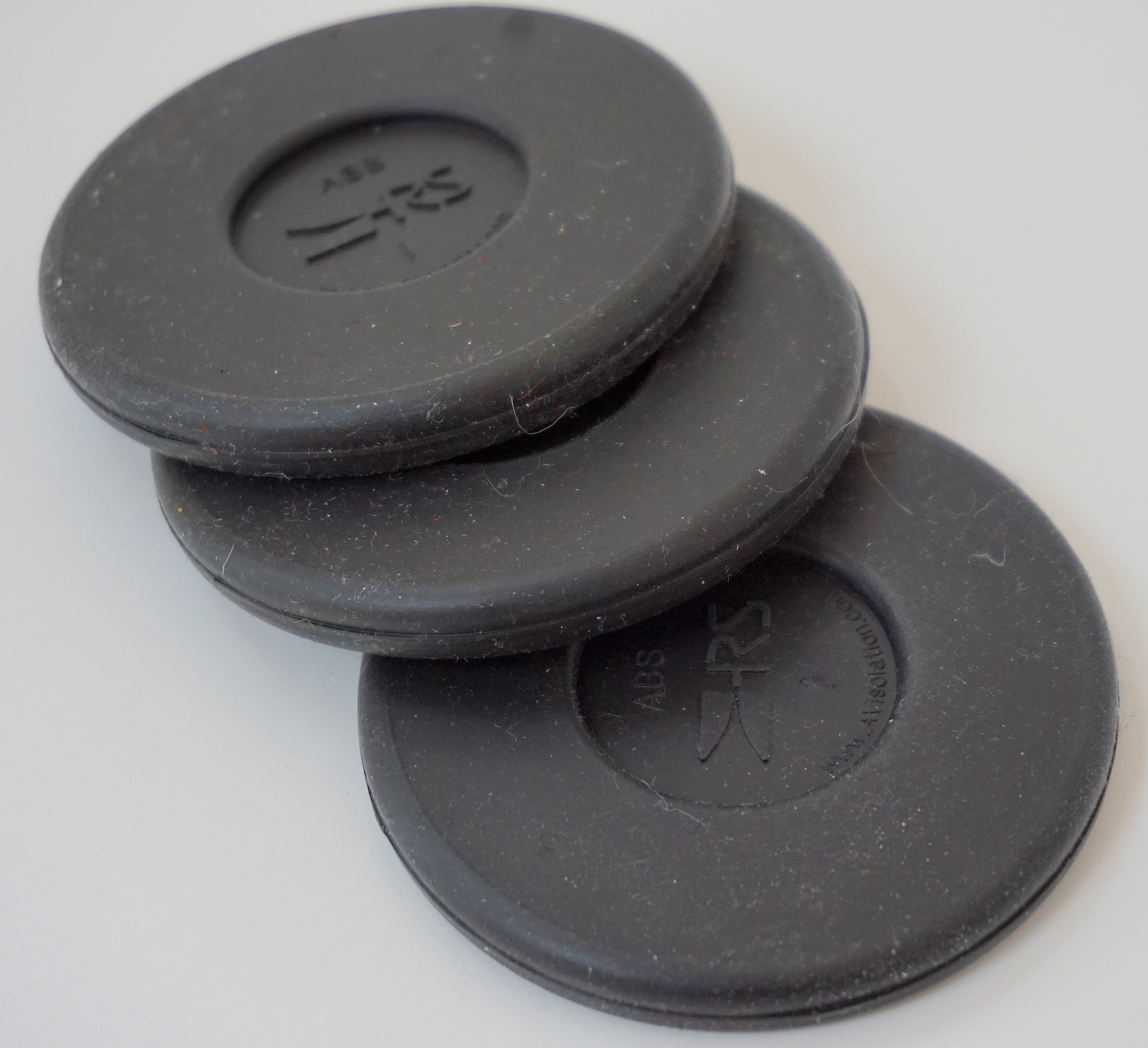
Listening to the Young LP what I heard immediately was a lowering of noise across the entire frequency spectrum. That’s how definite and all encompassing these simple little discs were. The noise absorption qualities of the HRS formula strikes again, it seems. I’ve heard the effects already on its turntable-based stabilisers and isolation plates which utilise the same material but I was still surprised at the significant effects from these simple circular pieces.
As always, you only really know that noise is there when it’s been removed and the discs removed a sort of noisy cloud that hung broadly over the soundstage affecting basically everything underneath it. This meant that the percussion was now tighter with an added punch. The lead guitar, although a chaotic sound and full of distortion, now offered controlled chaos, the newly applied focus even affected this instrument. Treble was notable within the cymbal strikes because the strikes seemed to start earlier and finish later. That sound sitting in the quiet parts of the music was now more ‘visible’ to the ear.
Young’s vocal also offered more emotion because the smaller, nuanced elements of his voice could now be heard. Again, previously they were veiled and noticed by the ear.
I changed the music to the original pressing of Jonny Desmond In Las Vegas on Coronet and the classic I Can’t Get Started With You.
Here, it was the subtle elements of the backing orchestra, those previously veiled and pushed to the rear of the mix, those instruments were the principal beneficiaries. The piano, the clarinet and the like seemed to appear on equal footing with the brass and upright bass. Earlier, they all had to fight to be heard. Even the brash brass was now smoother, flowing with ease while the vocal had a distinctly mature and complex delivery.
Obviously on a roll, I then placed the Coupler discs underneath the speaker’s power cables and reverted to the Young LP
Again, the focus improved and further noise was removed from the soundstage. The performance was a tighter and more mobile, agile affair. More than that, the Young vocal now offered a semblance of space around his delivery. It was small and subtle but there was a small sense of space around his own performance.
Percussion, meanwhile, improved its transient performance. Starting and stopping in a definite way, the effect from the drums was one of greater impact while the whistling accompaniment from the Crazy Horse backing band had a sparse, rather naked sound now. Being what it was I suppose, a couple of blokes whistling. Nothing fancy or manufactured.
As for the Desmond track, the improvements heard earlier further improved. I actually understood two words in the earlier section of the song (they were ‘North Pole’, in case you’re interested) that I really didn’t hear clearly before but now they stood out. Like Neil Young, most of the reason for this was because his voice was slightly separated from the music, enhancing the clarity of his voice.
The backing orchestra was similarly enhanced. The low resonance of the trombones was one notable highlight. The vibration of the output burbled nicely.
I also had the opportunity of using semi-circle pieces, as supplied by the company, as you can see below…
…but the beneficial effects reduced rather. These semi-circle discs do provide a value option, though, if required. One thing, they are not sold as half pieces, so you’d need to cut the things yourself. I’d advise care when cutting, though. You’re welcome to call the company (contacts below) for advice, if required. On the opposite side of the coin, I then tried a few full blown Nimbus isolation feet. These little pods include multiple elements and, basically, more absorption material. You can see them below…
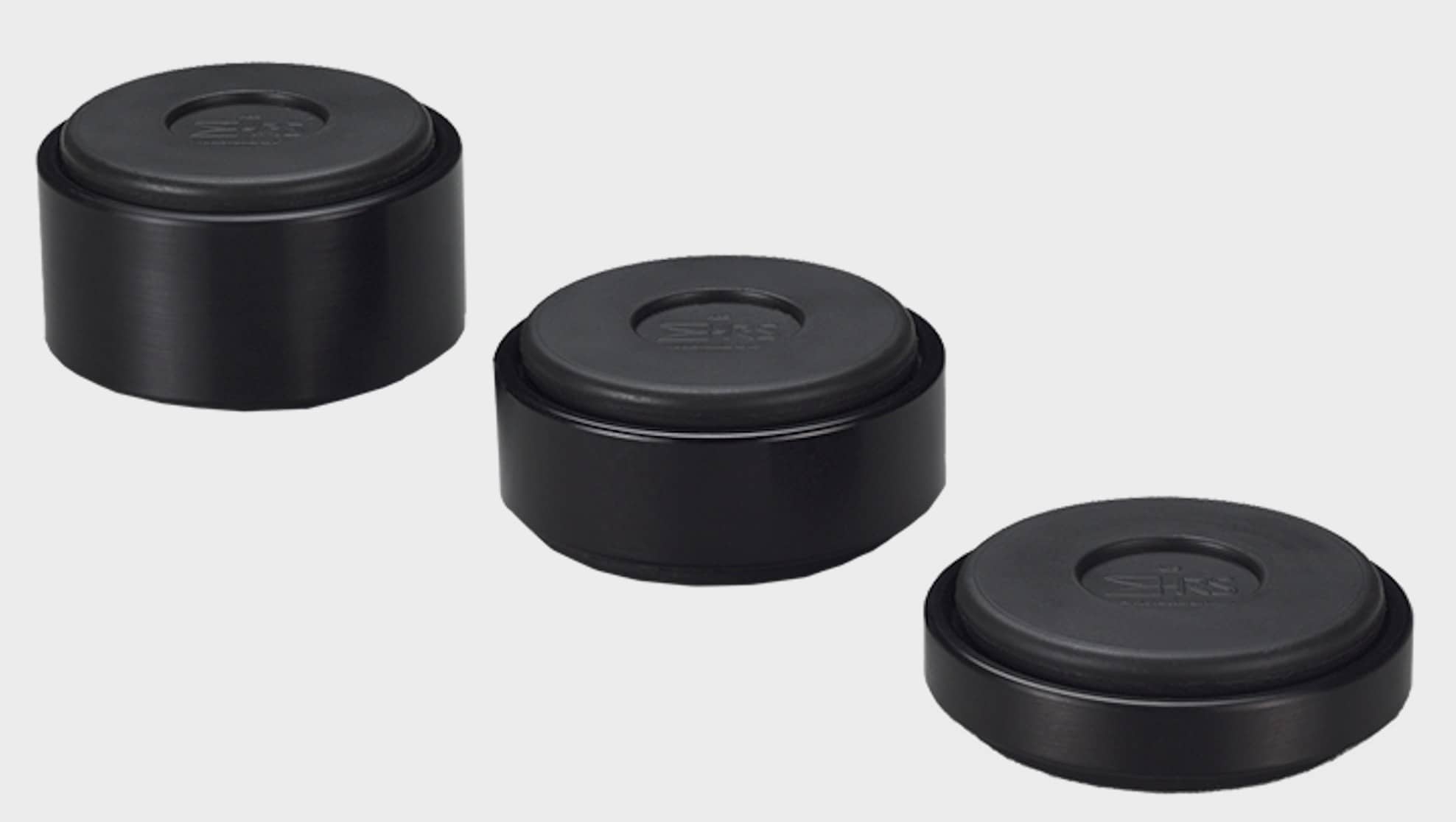
These full sized feet, called Nimbus Assemblies, improved performance further. In fact, the larger the unit, the better the resultant sound because of the greater noise absorption abilities found within. Which is great but the price rockets (from £130 each) and if you want to place eight to 10 or more of these things under your speaker cables then you might want to think twice. The Couplers offer a balance between performance and price.
CONCLUSION
The HRS Coupler discs are so simple to install I feel almost embarrassed using the word. You shove the Coupler discs under your cables. How tough can that be? The difference, as I’ve said above, is the they don’t just lift the cables off the floor they are, as it where, activated. They absorb noise. So they’re not just sitting there, looking pretty (ok, rather odd in this case) but they’re actually working for you while they do it. And they do that wonderfully. A brilliant upgrade.
HRS COUPLER DISCS FOR SPEAKER CABLES Price: £77.00 (pack of two) Web: www.audioconsultants.co.uk Tel: 0118 981 9891
GOOD: very low noise, transparency, clarity, easy to install
BAD: nothing
RATING: 8
[Don’t forget to check out my Facebook Group, The Audiophile Man: Hi-Fi & Music here: www.facebook.com/groups/theaudiophileman for exclusive postings, exclusive editorial and more!]
REFERENCE
Origin Live Sovereign turntable
Origin Live Enterprise 12″ arm
Van Den Hul Crimson XGW Stradivarius Cartridge
Soundsmith Paua Mk.II cartridge
Icon PS3 phono amplifier
Aesthetix Calypso pre-amp
Icon Audio MB845 Mk.II monoblock amplifiers
Quad ESL-57 speakers with One Thing upgrade
Blue Horizon Professional Rack System
Harmonic Resolution Systems Noise Reduction Components
All vinyl was cleaned using an Audio Desk’s Ultrasonic Pro Vinyl Cleaner

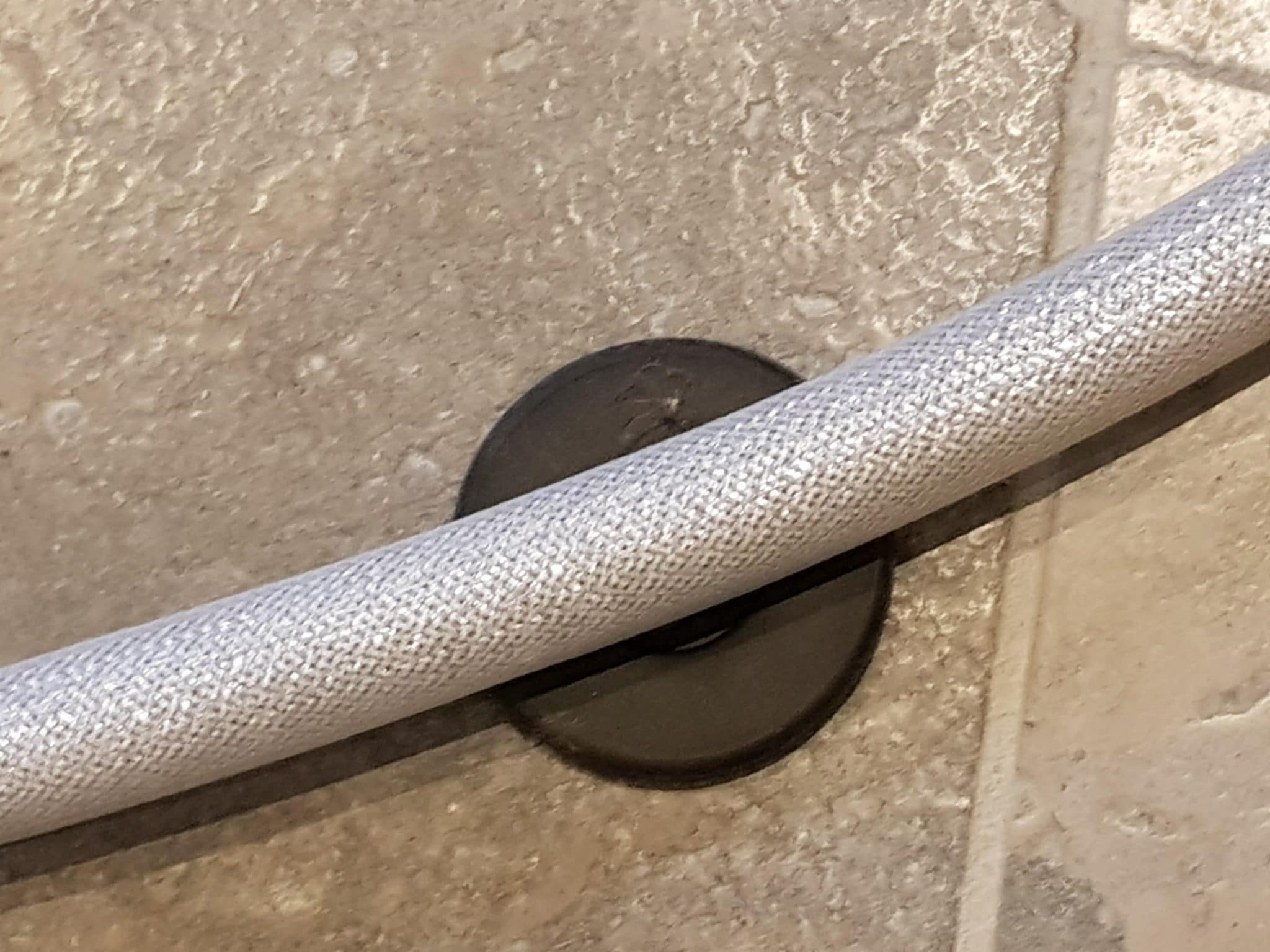
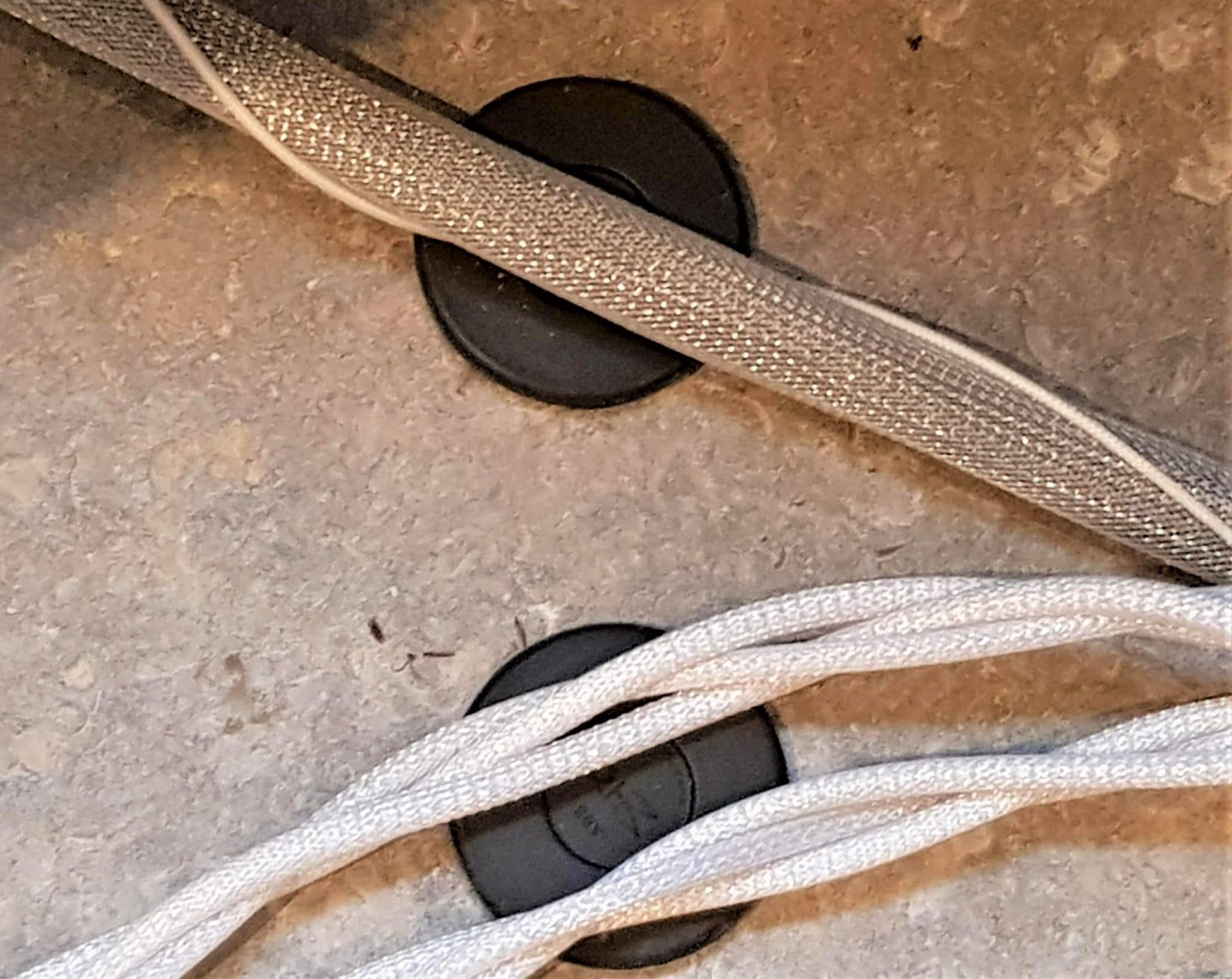

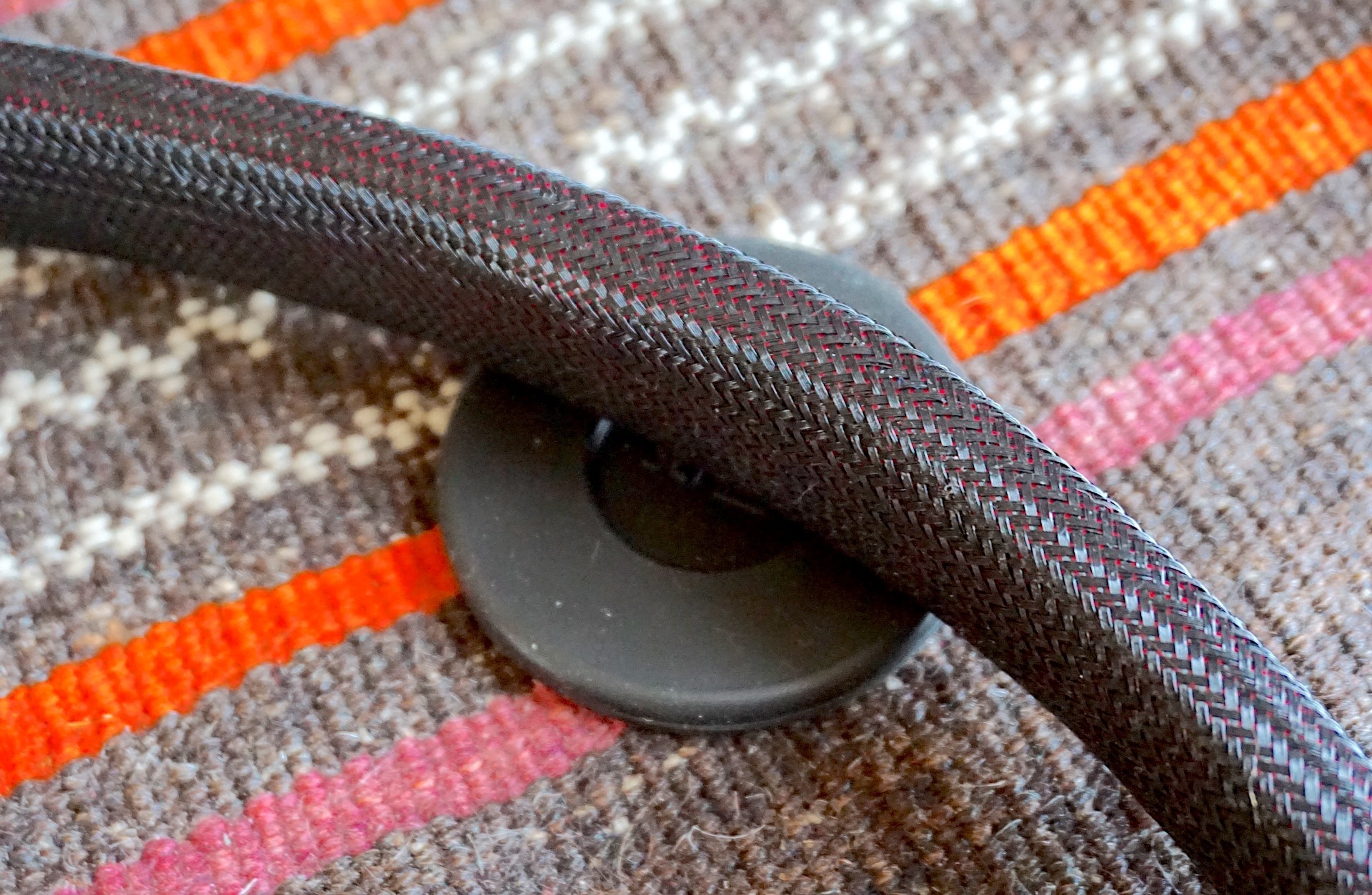
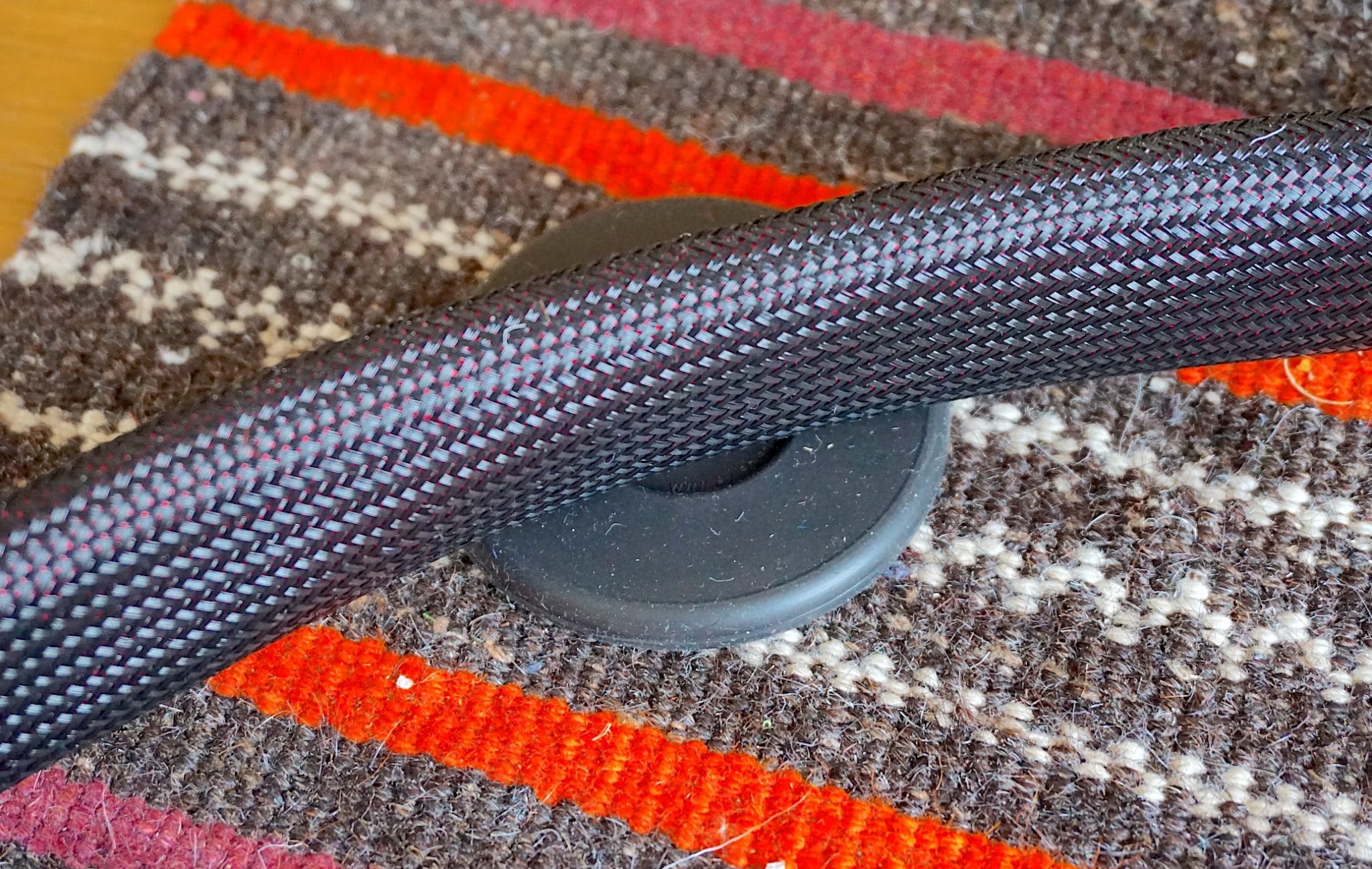
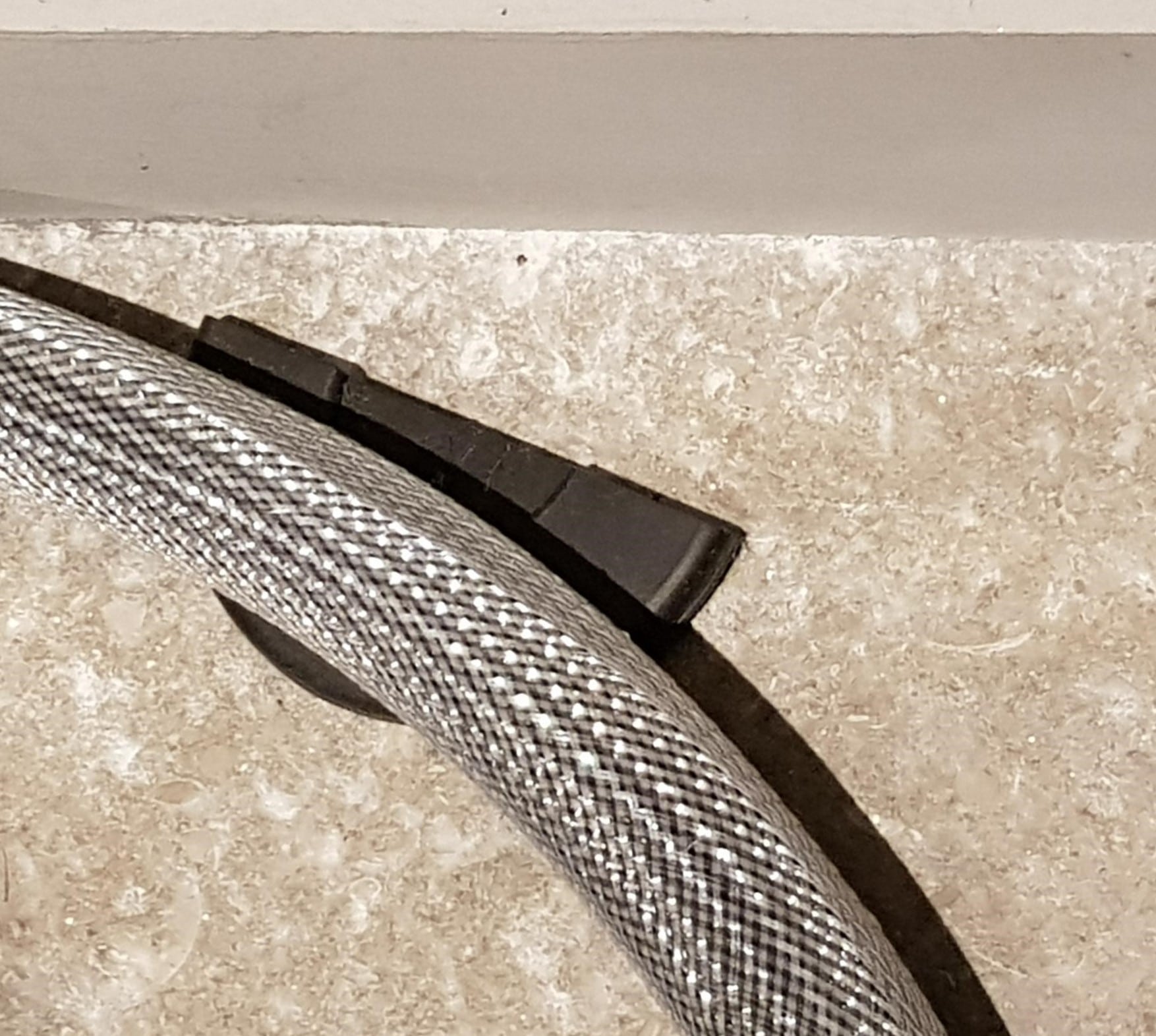



You are deluding yourself. Open-loop ‚Äútesting‚Äù is without value given our brains‚Äô wide-ranging bias architecture. Even by ‚Äúaudiophile‚Äù standards, these reassuringly expensive plastic pucks plumb new depths in the industry‚Äôs cynical determination to exploit Audiophilia Nervosa…